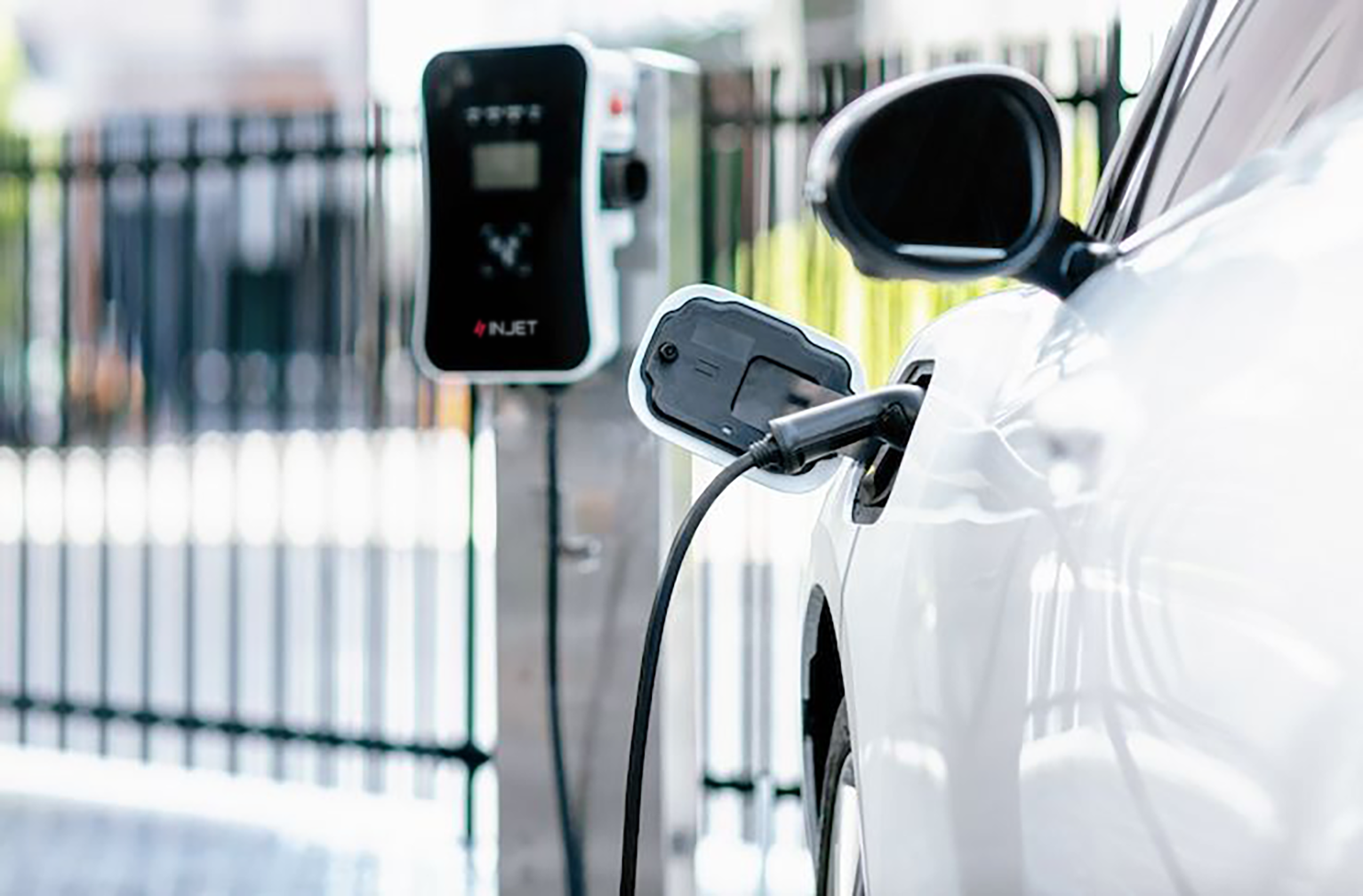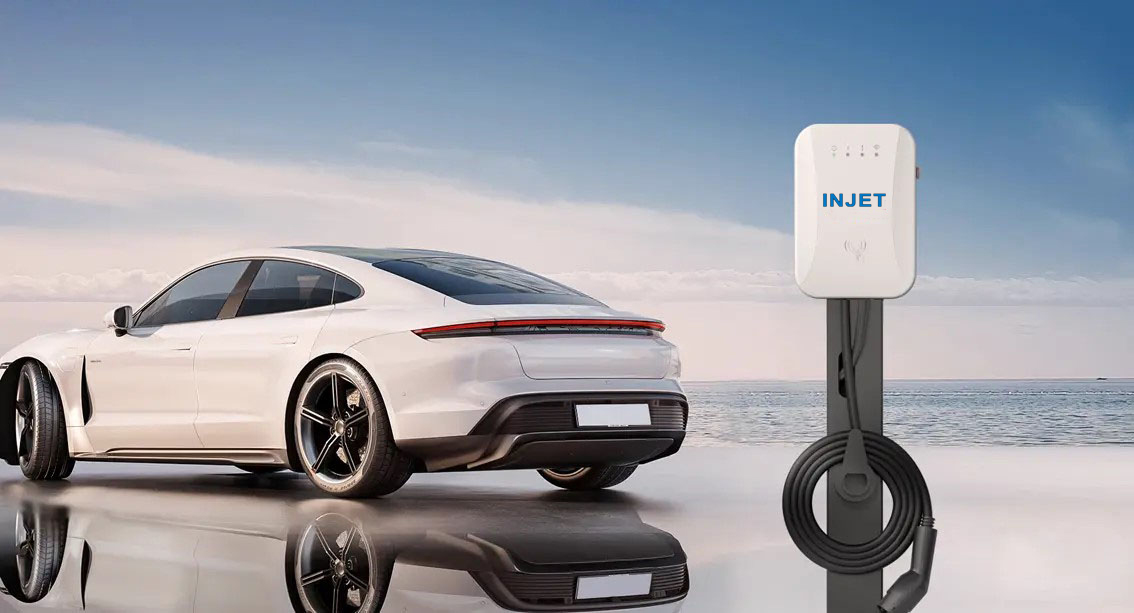In a collaborative effort to accelerate the adoption of electric vehicles (EVs) and reduce carbon emissions, several European countries have unveiled innovative incentive programs aimed at promoting the expansion of electric vehicle charging infrastructure. Finland, Spain, and France have each introduced their own unique initiatives to encourage the proliferation of charging stations, marking a significant step towards greener transportation across the continent.
Finland: Charging Ahead
Finland is making bold strides in its quest for a sustainable future by offering substantial incentives for the development of EV charging infrastructure. Under their program, the Finnish government is providing a generous 30% subsidy for the construction of public charging stations with a capacity exceeding 11 kW. For those who opt for even faster-charging options, such as stations with capacities exceeding 22 kW, the subsidy increases to an impressive 35%. These incentives are designed to not only make charging more accessible but also to inspire confidence in EV adoption among the Finnish populace.

(INJET New Energy Swift EU Series AC EV Charger )
Spain: MOVES III Ignites Charging Revolution
Spain is harnessing the power of its MOVES III program to drive the expansion of its EV charging network, particularly in less densely populated areas. A standout feature of the program is a 10% subsidy granted by the central government to municipalities with populations of fewer than 5,000 inhabitants for the installation of charging stations. This support extends to electric vehicles themselves, with an additional 10% subsidy, reinforcing Spain’s commitment to making EVs and charging infrastructure more accessible throughout the country.
In a significant leap towards propelling sustainable transportation, Spain has introduced a revamped Moves III Plan set to revolutionize the electric vehicle (EV) charging landscape. This visionary plan marks a notable departure from its predecessors, offering an impressive 80% investment coverage, a substantial jump from the previous 40%.
The subsidy structure for EV charging point installations has been overhauled, now contingent on various factors, primarily the beneficiary’s category and the population size of the municipality or city where the project takes shape. Here’s a breakdown of the subsidy percentages:
For Self-Employed Individuals, Homeowners’ Associations, and Public Administrations:
- In municipalities with over 5,000 inhabitants: A generous 70% subsidy of the total cost.
- In municipalities with fewer than 5,000 inhabitants: An even more enticing 80% subsidy of the total cost.
For Companies Installing Public Access Charging Points with Power ≥ 50 kW:
- In municipalities with more than 5,000 inhabitants: 35% for large companies, 45% for medium-sized companies, and 55% for small companies.
- In municipalities with less than 5,000 inhabitants: 40% for large companies, 50% for medium-sized companies, and an impressive 60% for small companies.
For Companies with Public Access Charging Points and Power < 50 kW:
- In municipalities with more than 5,000 inhabitants: A 30% subsidy.
- In municipalities with less than 5,000 inhabitants: A substantial 40% subsidy.
The ambitious Moves III Plan aims to give a significant push to electric vehicle adoption in Spain, with an anticipated 75% increase in EV registrations, equating to a remarkable 70,000 additional units sold. These projections are underpinned by data from the Spanish Association of Automobile and Truck Manufacturers.
The overarching objective of the plan is to revitalize the automotive sector, with the audacious target of installing 100,000 charging points and putting 250,000 new electric vehicles on Spanish roads by the close of 2023.
 (INJET New Energy Sonic EU Series AC EV Charger )
(INJET New Energy Sonic EU Series AC EV Charger )
France: A Multifaceted Approach to Electrification
France’s approach to boosting EV charging infrastructure is characterized by its multifaceted strategy. The Advenir program, initially introduced in November 2020, has been officially renewed until December 2023. This program provides individuals with subsidies of up to €960 for the installation of charging stations, while shared facilities can receive up to €1,660 in support. To further encourage charging infrastructure development, France has implemented a reduced VAT rate of 5.5% for home charging station installations, with varying rates for different building ages.
Moreover, France has introduced a tax credit covering 75% of the costs associated with purchasing and installing charging stations, up to a limit of €300. The tax credit is conditional on the work being carried out by a qualified company or its subcontractor, with detailed invoices specifying technical specifications and pricing. The Advenir subsidy also extends to a wide range of entities, including individuals in collective buildings, co-ownership trustees, companies, communities, and public entities.
(INJET New Energy Nexus EU Series AC EV Charger )
These progressive initiatives underscore the commitment of these European nations to transitioning towards cleaner, more sustainable transportation options. By incentivizing the development of EV charging infrastructure, Finland, Spain, and France are collectively driving the electric vehicle revolution, paving the way for a cleaner, more eco-friendly future of transportation.

